
How To Fix The Leaks In Your Conversion Funnel
This article shares tactics to drive leads and convert them into customers, and eventually, return customers.
Below, we walk you through how to focus on your conversion funnel optimization and your marketing strategy. It’s important to be able to identify leakage at the top, middle, and bottom of your conversion funnel. (Don’t worry, we’ll share plenty of examples.)
Once you’ve identified the locations of your leaks, you’ll need to take action to plug them. It’ll take some tweaking and experimentation to get it right. Consider these ideas your jumping-off point. But first, how do we identify leaks?
Spot Your Leaks With A Funnel Visualization
You can’t work on your conversion funnel optimization if you don’t know where the leaks are.
You can identify those leaks with conversion funnel analysis in Google Analytics. If you’ve racked up at least a few months of data, you can begin to draw some insight into how visitors are interacting with your content and/or product.
Start in Google Analytics. Note: You need to have Goals enabled to see this view. If you haven’t set it up, this video from Kissmetrics will help get you started.
In your sidebar menu click the >Conversions section. Then, select >Goals and finally >Funnel Visualization.
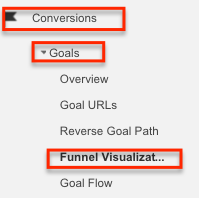
Here you will see a visualized 3-step conversion funnel:

In this example, the funnel is leaking heavily at all stages. There’s definitely room for improvement. But where do we start?
For the best ROI on our efforts, we should look to address the biggest leaks first. In our example, the homepage has only 2.93% of people proceeding to ‘Why Join’.
When identifying your leaks, consider the following points:
- Start with the biggest, costliest leaks and your pages with the highest levels of traffic. Use Google Analytics reports to help you with this.
- Run weekly (or daily, even) tests for a month at the very least.
- Never stop monitoring results and testing. There’s always scope for further improvement. Why not aim to run at least 100 tests this year?
Plug Your Leaks at Each Stage of the Marketing Funnel
It is important to really dig deep to uncover what is happening as people visit your site. How do you do this? I will show you some specific tactics that will help to plug leaks at different stages of your conversion funnel.
Acquisition Tactics At The Top Of the Funnel (TOFU)
This is what a marketing funnel looks like. A conversion funnel tracks a visitor’s journey on your website from the first click to purchase or download, etc. A marketing funnel tracks a person’s point of contact with your brand from the first impression to purchase.

This marketing funnel illustrates specific strategic goals and content types representing each stage of the funnel.
Generating awareness is the very first step in attracting potential customers. If your website traffic is low, focus on lead generation. Without consistent levels of traffic, it becomes much more difficult to identify leaks and optimize your sales funnel.
Lead generation doesn’t have to be complicated. You could try:
1. Guest Blogging To Boost Exposure
Guest blogging and cross-promotion with other relevant brands remain powerful lead generation tactics.
Leo Widrich (co-founder of Buffer) used guest blogging to help Buffer achieve explosive business growth. The business leapfrogged from 0-100,000 customers within nine months, and a large part of this success was due to Leo’s guest blogging.
The Buffer case study is actually quite old, from 2012, but guest blogging remains a relevant and effective strategy. By writing over 80 guest posts in 2019, Adam Enfroy increased his Domain Rating from 0 to 76, increased his organic traffic from 0 to 300k+, and made $61k/month from his blog.
Guest blogging is hard work and you may find that your first few posts don’t bring you the flow of traffic you need to adequately fill the top of your funnel. However, a consistent approach combined with a solid system will reap the best results.
Because so many online companies have taken to guest blogging over the past 8-10 years, there are tactics to take to optimize your guest blogging strategy.
Search Engine Journal shared eight “secrets” to effective guest blogging today. Here are our interpretations of them:
- Identify and build relationships with niche influencers.
- Prioritize quality over quantity.
- Put thought and time into your pitch, make it personal.
- Tailor the article you’re pitching to their audience.
- Ask if you can include a link to one of your own articles before sneaking it in; make a case for it.
- Optimize your author bio for your branded and non-branded keywords.
Start with a Google search. Experiment with your keywords or industry-relevant terms in conjunction with search operators such as “write for us” and “guest post.”

Create a database of sites that you’d like to pitch to. Keep track of editorial email addresses and social profiles along with outreach and follow up stats.
Over time, you’ll enhance your credibility, connect with other people in your niche, and increase the volume of people that successfully move on to the middle of your funnel.
2. Use Direct Mail To Cut Through Online Noise
Direct mail is an underutilized way to stand out to your potential leads. Few businesses will take this extra step to attract potential customers so when you do, you’ll have a leg up on the competition.
One creative idea is to attach a physical object to your direct mail. This could increase your likelihood of being remembered. Your leads have to hold your mail in their hands before they throw it away, whereas anyone can delete an email without reading the subject line.
Ash Ambirge, the founder of The Middle Finger Project, had trouble securing leads for a company she worked for. Her cold emails were met with constant rejection.
Faced with these disappointments, Ash took a brilliantly creative approach. She marched over to a roofing supply company and grabbed 30 roofing shingles. She then mailed one roofing shingle to each of the 30 home building companies she wanted to work with. Each shingle was inscribed with “My Company + Your Company = sales through the roof.”
The results of this were incredible: Ash enjoyed a response rate of over 90% and successfully struck deals with most of her leads.
3. SEO
SEO has changed significantly since the era of spun articles and directory links. But the ultimate goal remains the same: rank on page one of Google results for relevant keywords.
There are several ways to optimize your content for search rankings. One is accumulating quality backlinks to your content. This is achieved through well-ranking sites linking to your content within an article or page, etc.
Among many effective SEO tactics from Brian Dean of backlinko.com is his “skyscraper technique.” Brian outlines this in three simple steps:
- Find a piece of your content that already enjoys a lot of backlinks.*
- Create something better.
- Alert all the sites that link to the old content that you’ve come up with a “new and improved version.”
Use tools like Ahrefs Content Explorer or Buzzsumo to find the top content in your niche.
Below is a method for employing the skyscraper technique using other people’s content.
*If you don’t have any existing content, look at the top three organic results for a keyword you want to rank for. Then, create a post that is longer and more detailed with more examples, media, etc. For example, if you sell kids books and you want to rank for “jokes for kids,” look at posts that rank well for that keyword – maybe “150 Jokes for Kids” – and then create a post with “200 Jokes for Kids” with links to joke books in your shop. Maybe even include videos of kids telling jokes.
WASP Method of White Hat SEO
Search Google to see who else is ranking for the topic that your piece of skyscraper content covers. Ensure your article (or video, graphic, etc.) will add new and unique value in addition to the top content that already exists in this niche.
You want your audience (in this case, influential websites) to link to and share your content. Content or article length is one of many triggers that have been proven to catch attention. Medium.com crunched their data to find that the optimal article length for maintaining a reader’s attention is about 1,600 words (7-min read time).
Moz analyzed data to determine any correlations between length and media used in content and the likelihood of it seeing In Linking Domains (ILDs). ILDs are the backlinks mentioned above. Here are some of their findings:
- Posts with videos included will attract almost 3 times more ILDs than a plain text post.
- Posts with all three media types (videos, images, and lists) will attract almost 6 times more ILDs than a plain text post.
- Contrary to common beliefs, large posts seem to attract more links than posts with 900 words or less.
- Posts between 1,800-3,000 words will attract more than 15 times more ILDs than a post with less than 600 words.
Setup On-Page SEO
Check out this complete guide to on-page SEO for an overview of keywords and general website optimization. When optimizing your skyscraper content, specifically, follow these suggestions:
- Place your target keyword within the URL, but keep it short, Google prefers short URLs!
- Front-load the keyword in your Title tag. The location makes a difference – put it closer to the beginning.
- Drop your target keyword in the first 100 words of the content you create. Google gives more weight to pages that include keywords closer to the top.
- Add outbound links to content. By doing so, Google will better understand your subject matter, and you have demonstrated that your page is a hub for high-quality content on that topic.
- Add synonyms and closely related words to your content as this helps Google to more clearly understand your topic. Stuck for ideas? You can find suitable terms on the bottom of Google search results where you see “Searches Related to.” Try using some of those!
Promote
Email people who may be interested in sharing your content. You have carefully crafted a piece of content that’s better than what these influencers have already seen and linked to. If you reach out to these people and introduce them to your new and improved content, many of them will want to link to it.
I created an outreach Excel template that you can use to keep track of your efforts. Download it here. If you need the template in a different format please email me with your request. Check out the first tab that provides tips on how to execute the strategy.
4. Social Media
A solid social media strategy can be a sure-fire way to generate leads and boost awareness. However, take care not to practice this in isolation. Your social media efforts should support your overarching marketing objectives.
Your social media strategy will depend entirely on what type of business you’re running. E-commerce companies, for example, can sell products directly from Instagram. Some have had great success in doing so. Here’s how to set up Instagram Shopping.
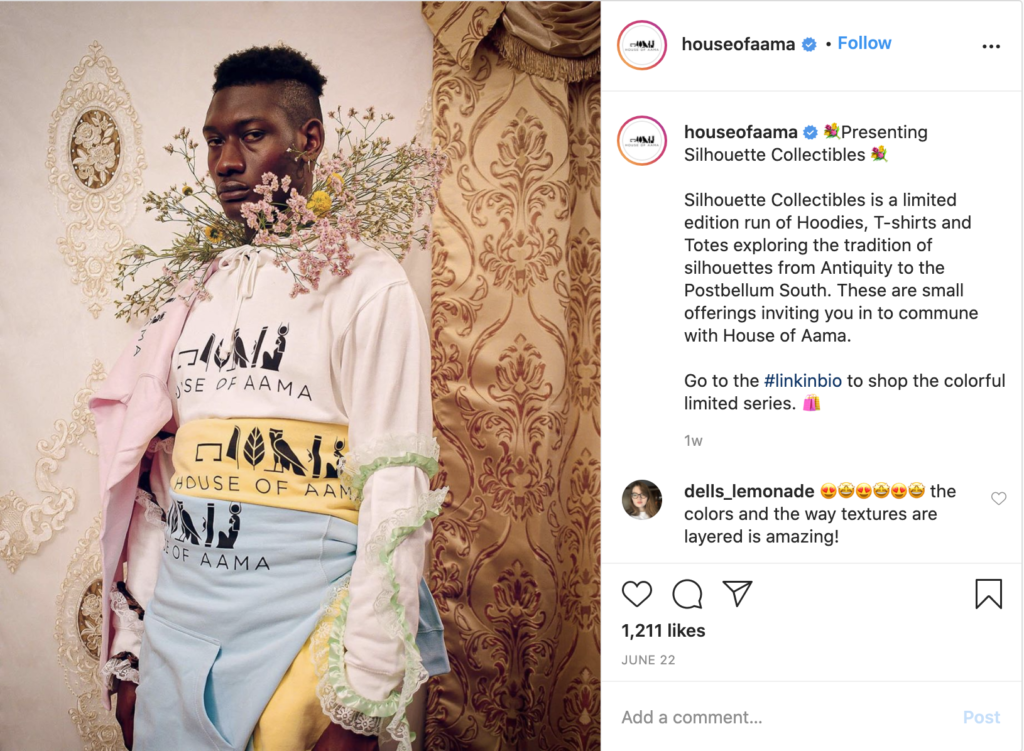
If you’re a nonprofit, you likely want to focus on shareable posts and messaging that will spur action. Visuals, graphics, videos, and super clear CTAs will all go a long way.
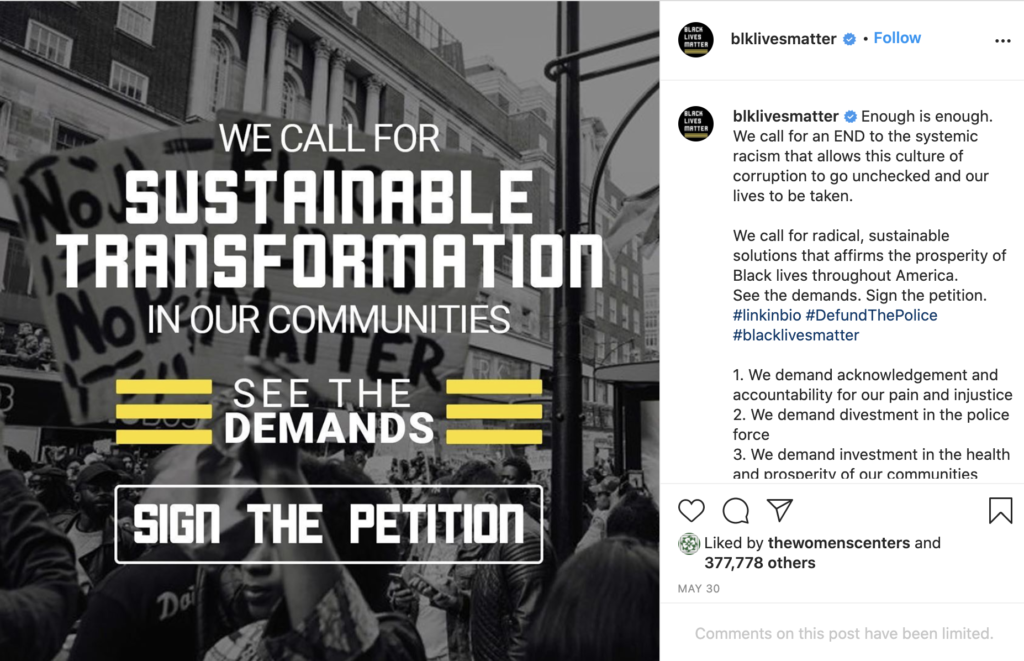
For B2B, it might make the most sense to focus on Twitter and/or LinkedIn depending on your niche. Social media could be solely an awareness-generating tool and best used for distributing blog posts, videos, and other media.

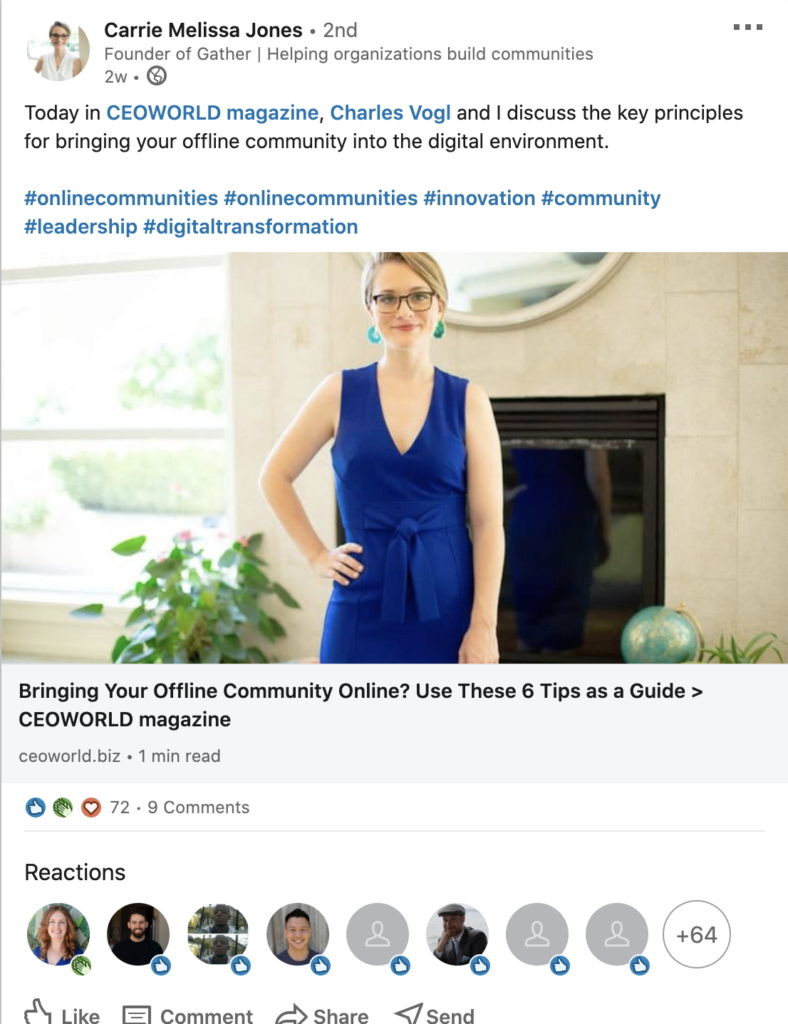
No matter what type of business you’re running, your customer support team can add significant value to your brand by making themselves available to customers on social media channels. Figure out customer needs, understand their pain points, and illustrate how you can help solve their problems.
Engage with your customers on social media in a non-salesy way to encourage them to keep using your product to help solve their problems. Your brand will have a wider reach and you will be able to repeatedly refuel your funnel through these conversations.
Check out Courtney Seiter’s complete guide to using social media for customer service on the Buffer blog.
5. Paid Social Ads
Paid social media ads can be an effective way to drive TOFU traffic and MOFU leads to some businesses. When executed correctly, they can share a powerful message to a highly targeted audience with high purchase intent (i.e. people looking for specific products and services). Here is a primer on paid ads if you’re interested in exploring them.
However, we’d be remiss not to touch on the current political and social climate around social media platforms. Many large brands including Patagonia, North Face, REI, and even Coca-Cola are pausing ads on Facebook and Instagram (owned by Facebook) as a part of the global Stop Hate For Profit campaign. Rather than a permanent pull-out, most brands are boycotting spending their ad revenue with these corporations until they make permanent changes toward better equity and racial justice.
6. Giveaways & Partnerships
Giveaways and partnerships can be effective lead-gen and awareness-building tactics if executed strategically. Giveaways can include what we call “gated content,” when you offer an ebook, white paper, or template in exchange for the reader subscribing to your newsletter. You then use your newsletter to further communicate your value to them.
If you have a physical product or a service (a marketing consultation, for example), you can urge people to enter a giveaway by following you or subscribing to your email list. Perhaps the most effective is partnership give-aways, when several brands work together to bundle their goods in a giveaway or contest, cross-promoting each other. Here’s an example:
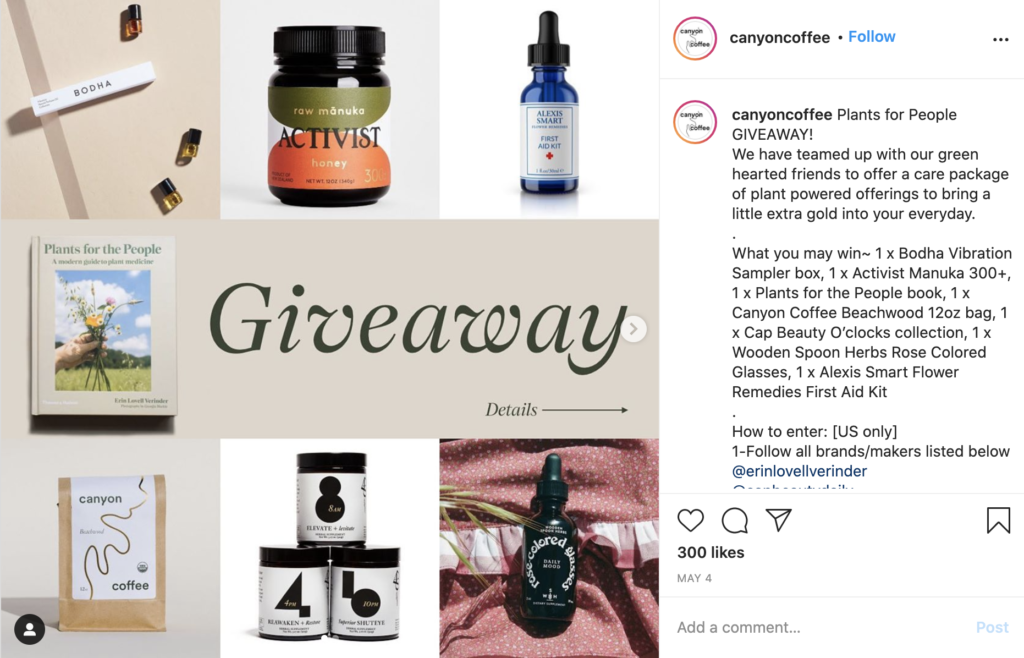
Then there’s the classic “tag a friend” approach:
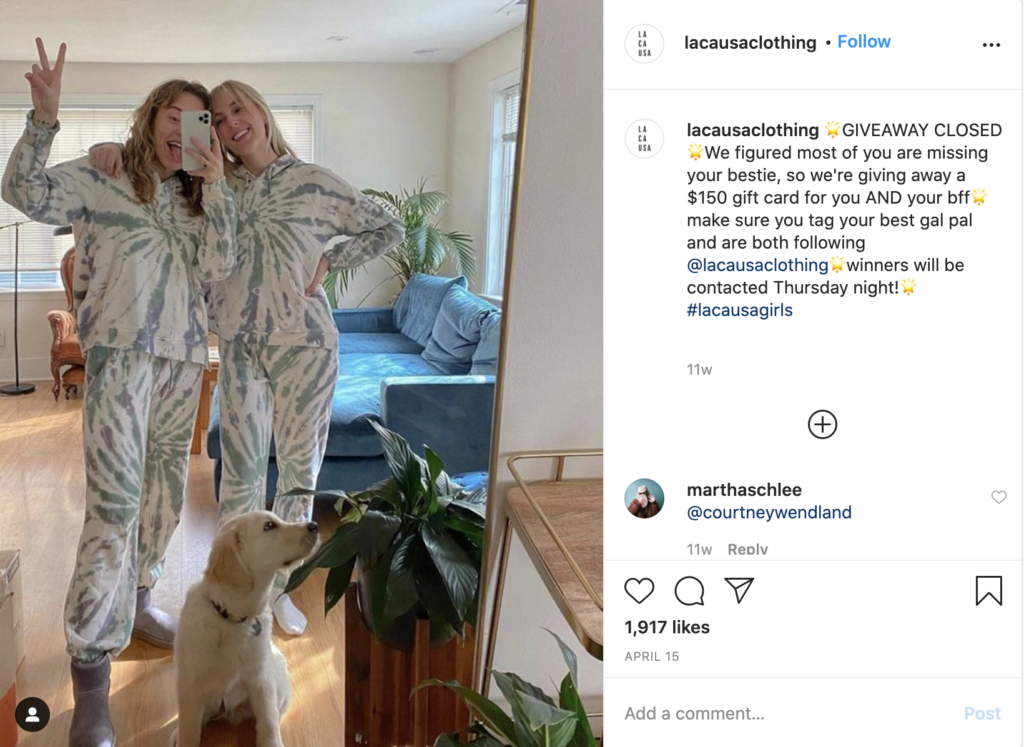
Activation Tactics For The Middle Of The Funnel (MOFU)
The middle of the funnel is where you’ll activate these new leads. This is the process of getting leads and customers to take a specific action. This could be anything from sharing their email address with you to filling out a form.
Activating users is arguably the most important part of the funnel. If you’re leaking heavily in the middle of the funnel, you should give it some serious focus. The following are great examples of how to successfully activate leads.
1. Email + Referrals: A Winning Reward-Based Strategy
In a case study by MarketingSherpa, Sony used a reward-based strategy to get customers to embrace its “Sony Credit Card.”
Sony could have just asked customers to “check out” the card in a blast to their entire email list, but they made a smarter choice to segment their audience carefully instead.
In emails used for the campaign, Sony led by informing that “the cardholder could receive up to $250 in rewards and $100 credit for any friend referred,” with this initial email being sent only to a list of known influencers on the Sony customer base.
This approach rewarded friends of those influencers and provided Sony with an amazing 300% conversion boost and 2.8 times more people using their card.
Startups can accelerate early growth by rewarding customers in the same way as big-name players.
Dropbox is worth billions of dollars despite spending very little on advertising. During their early days, referrals increased Dropbox signups by 60%. Dropbox makes it easy for users to tell others about the product and offers them incentives to do so. For example, when a Dropbox user refers someone else, they both get a 500MB increase in storage. Everyone’s a winner!
Consider whether you can offer a discounted price when a user refers a friend. Perhaps you’re able to gift a free extra feature or two. Offer people something positive to gain from bringing you new business, and many will do so!
2. Tweak CTA’s For Better Conversion Funnel Optimization
Your Call To Action (CTA) is where all that effort put into copy, design, and branding can either nudge prospects toward completing your desired action or make them disappear into the ether.
When looking to plug leaks in the middle of your sales funnel, the CTA is a powerful element to tweak and test.
Many landing pages only need a single CTA. When faced with too many competing options, some will become distracted and wander off.

In this CTA study from Copyblogger, there were no big changes to the CTAs. The only alterations made were small tweaks in wording. These tweaks resulted in an 81% conversion boost with variation B (the green button), and a 95% conversion boost with variation C (the orange button).
To strengthen your CTA, don’t ignore small things and:
- Use powerful language – avoid the fluff.
- Stick to a single call-to-action.
- Make your button prominent.
- Experiment with images and directional cues.
Be sure to prioritize relevance and value over and above everything else. The more relevant your CTA is and the more value it offers to your visitor, the higher your conversions will be. Check out CrazyEgg’s eight characteristics of high-converting CTA buttons.
3. Give Your Copy A Makeover
Good copy will flow smoothly for a reader. Rather than creating friction with bulky language, it should eliminate any resistance against taking the desired action. Your copy should illustrate how you’ll fulfill customer needs and eliminate any doubts they might have. Conversely, bad copy on your site will create obstructions and impede progress.
Your goal with copy is to resonate with your audience, spark their emotions, and capture their interest. Ultimately, it should keep people on your site longer and move them along the customer journey.
An interesting case study demonstrating the power of tweaking copy comes from writer Bamidele Onibalusi. He switched the headline of his Hire Me page from “Hire me” to “Let Me Help You Get Results by Writing Quality Content and Guest Posts for You,” which skyrocketed his conversions by an astounding 200%.
The initial headline had a vague, boring “pitchy” feel. The revision drilled down into what many of Bamidele’s visitors wanted and left them with little option other than to consider how Bamidele’s services would make his/her life better.
That’s why it converted 200% better.
Improving your copy is easier said than done. Below are quick tips to whip bad copy into shape:
- Use the active voice to create hard-hitting sentences.
- Be specific about what you can give, just like the example above.
- Use simple words to prevent confusing your prospects.
- Replace limp, filler adjectives with muscular verbs for added clarity.
4. Write Compelling Case Studies
Case studies are great mid-funnel incentives that educate and inform your users and help to achieve their trust in your product. Educating your audience with real-life lessons improves your selling power.
Case Studies show leads how you’ve helped other customers overcome similar problems to their own. Additionally, they tend to get more traffic, views, and attention because of their depth and length.
Case studies are used by all types of businesses. You don’t need to be a Fortune 500 to create a compelling case study – they are effective when used by startups and smaller companies alike.
Use case studies that close with confidence. Write about someone who your customers will be able to relate to and:
- Find the right project to profile.
- Include solid facts, research, figures, and data.
- Tell a compelling story.
- End with a strong call to action.
Retaining/Recovery Tactics For The Bottom Of The Funnel (BOFU)
Leads at the bottom of the funnel are low-hanging fruit in comparison to leads at other stages, as a clear expression of interest has been established. Retaining leads at the BOFU increases the lifetime value of that customer.
These folks are your most likely repeat buyers (if you are in e-commerce). Plugging up the leaks at this stage requires closing and recovering visitors that left without completing what they had started.
1. Setup Cart-Abandonment Recovery Measures
Did you know the average online cart abandonment rate is 68.6%? This represents significant potential lost of revenue if you don’t follow up with customers who abandon their carts.
By using remarketing and dynamic remarketing techniques, you can get in front of your old potential leads as they browse other sites or use other apps.
Google remarketing involves showing past visitors an ad linking back to your site. This reminds and, hopefully, encourages them to come back and complete their transaction.
Dynamic remarketing levels up traditional remarketing by serving past visitors ads with the very products they were looking at on your site when they left.
Additionally, you should also have cart abandonment emails in place. This tactic will focus on recapturing lost leads and will work wonders for plugging the very bottom of your sales funnel.
Some things to consider with your recovery & follow-up efforts:
- Focus on service. How can you convince the lead that you can help them?
- Use a drip-email campaign to automate the follow-up process for you.
- Offer an incentive or discount to persuade them to come back and complete their purchase.
- Test, test, and test again! Test number of emails, schedules, copy, design, and incentives.
2. Use Net Promoter Score (or NPS®)To Gain Quality Feedback
An NPS® survey asks the question on a scale of 1-10, how likely a customer would be to recommend a product/service. Then – depending on the answer – customers are split into promoters, passives, and detractors to give an overall NPS® score, which reflects general customer loyalty.
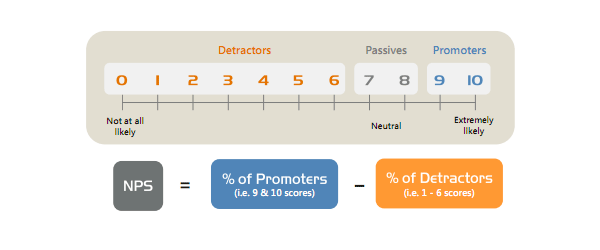
IMAGE COURTESY B2B INTERNATIONAL
Loyalty is such an important metric of customer experience, and it’s one that surprisingly few businesses take serious measures to monitor and improve.

Your company’s promoters and advocates will actively refer their friends and family to you, which can both lower acquisition costs and increase your revenue.
Researchers analyzed customer survey responses and how they’re linked to a customer’s referral and repurchase behavior at 14 companies in six different industries. The results are a great read. If you want an in-depth look at the results of how the single most important loyalty question was determined i.e. ‘how likely are you to recommend us?,” check out this Whitepaper.
No time for that right now? The key takeaways are:
- A single loyalty question was enough to gauge customer purchase and referral patterns across many different industries.
- The “likelihood to recommend” question proved to be the first or second to correlate to actual customer behavior 80% of the time.
NPS surveys tell you what your customers both like and dislike, and you can then tailor your marketing tactics to match.
3. Community Building
It’s great to have a product everyone loves, but do you have a community of people who care about your existence and are passionate about your success? Big or small, any organization can try its luck at building a community. It only takes a few passionate members to create a sense of community.
Besides luck, it helps if you have some rules down before you embark on this. Community Roundtable has a great Handbook to help you get started, build, and grow your community.
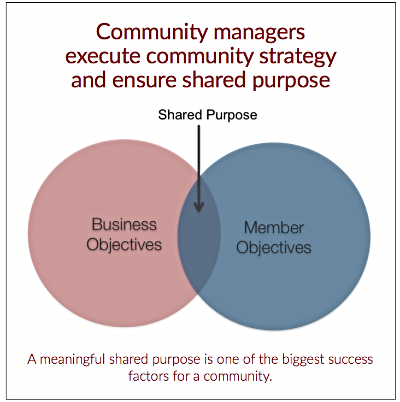
They advise you to start small; create an effective plan and strategy and get support from others within your organization before you start, not after.
Carrie Melissa Jones also just published an excellent book on the topic.
If you are eager to dive right into community building on a budget, some popular approaches have been:
- Facebook Groups
- LinkedIn Groups
- Slack Channels
Smart brands can activate brand advocacy and increase customer loyalty by engaging with their communities in meaningful ways on a daily basis. That means facilitating conversations around topics that are related to the problems your brand solves, but not necessarily about the product itself.
4. Customer Support
At the bottom of the funnel, customer support is an effective way to encourage your customers to become loyal, repeat customers.
For example, at Buffer, customer support is one of their most important values and a service they strive hard to improve upon every time.
Buffer understands that every interaction with a customer, whether initiated for good or bad reasons, is an absolute privilege. That a person has taken time out of their day to think about your company and get in touch is incredibly valuable and should be treated as such.
Building customer support into your funnel provides you with a real opportunity to have meaningful conversations with customers, help them with issues, and maybe even learn something about your own business you didn’t previously know.
Simply, customer support done right helps to secure the bottom of your funnel.
The Buffer Tone Guide shows just how much attention to detail can be given to the customer experience.
Another company renowned for their great customer support is Zappos, who often go to extreme lengths to make their customers have a WOW! experience. One example of this is when Zappos sent flowers to a woman who had to order a number of different pairs of shoes because her feet had been damaged by medical treatments.
We can’t all be like Zappos and send flowers to our customers, but we can all try to go that extra mile with each and every customer interaction and make time for outstanding customer support in meaningful ways.
In Conclusion…
Fixing the leaks for better conversion funnel optimization is one of the most important things you can do to help grow your business efficiently.
Properly tying TOFU, MOFU, and BOFU together is key to preventing a tiny trickle of leaks from growing into a tidal wave of lost sales.
Careful attention to your funnel will ensure that you have a system for attracting the right leads, meeting their pain points, nurturing their interests, and converting them into happy customers.
Juggling all the marketing elements is far from easy. You need to be prepared to analyze and test near-constantly in order to squeeze the maximum ROI out of your funnel. It’s also vital to pay regard to the uniqueness of your product and your audience.
The great examples presented above are just that: examples. What works well for one company or brand, might not work for you. Having a thorough understanding of your audience, and a thorough understanding of where your funnel is leaking and why will enable you to successfully patch those leaks and lead yourself down a pathway to increased sales.
Have questions about plugging leaks in your conversion funnel? Leave them in the comments below.




This was really really good! I sometimes skim over these type of articles but found this really helpful and everything was explained in so much detail.